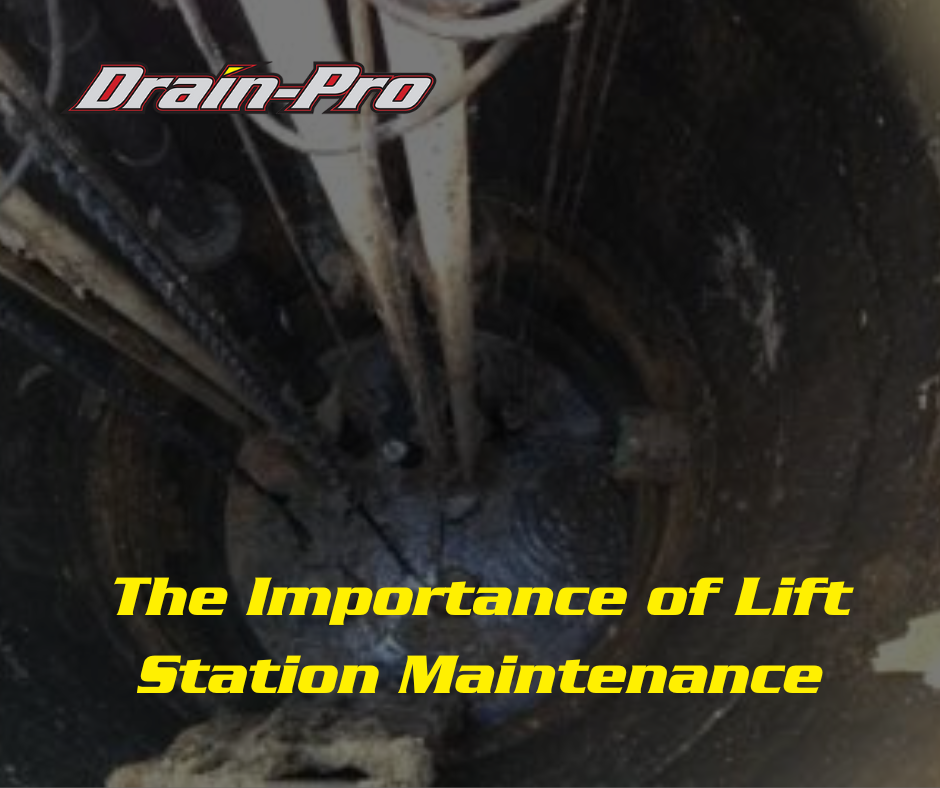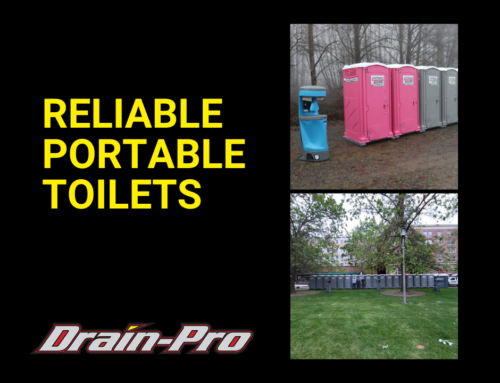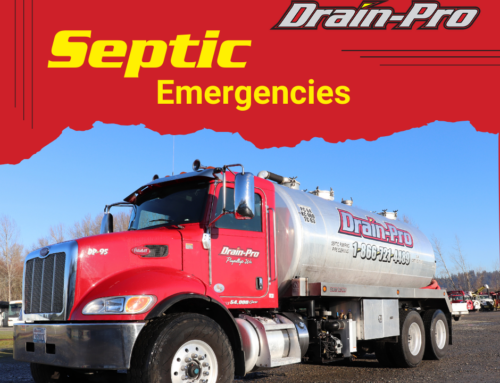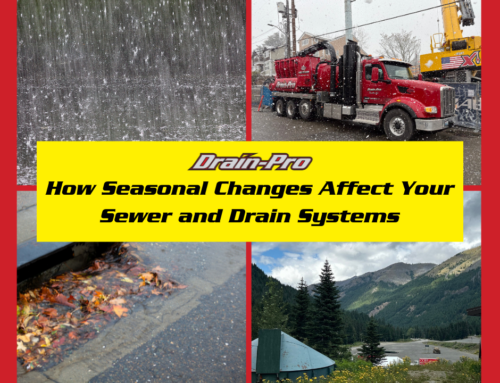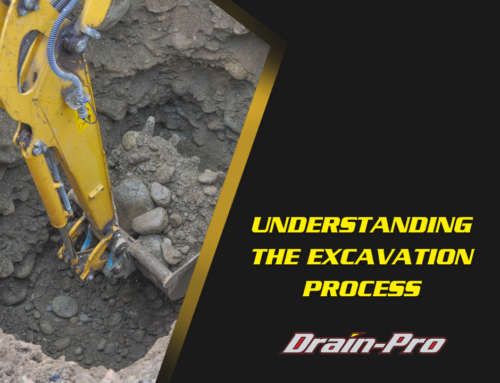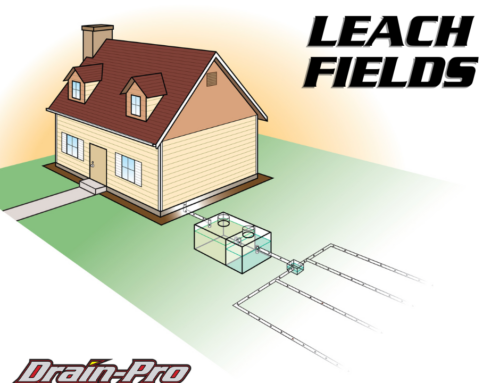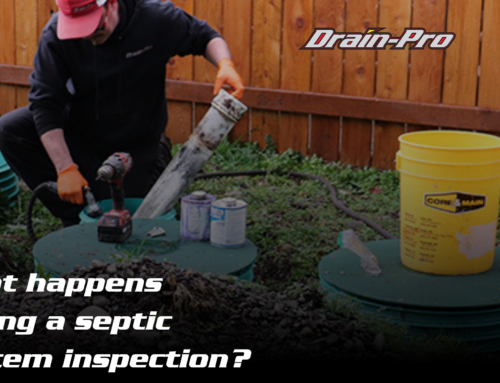Lift stations are a crucial part of many commercial, municipal, and residential sewer systems,
ensuring wastewater is efficiently pumped from lower elevations to higher ones. While these
systems work seamlessly when properly maintained, neglecting routine service can lead to
costly consequences. From emergency breakdowns to regulatory fines, failing to maintain your
lift station can quickly become a financial and operational nightmare.
What Happens When Lift Stations Are Neglected?
Lift stations require regular maintenance to prevent failures, but many property owners and
managers don’t think about them until something goes wrong. Here’s what can happen when
maintenance is overlooked:
● Pump Failure: Without routine checks, pumps can become clogged or burn out, leading
to costly repairs and downtime.
● Sewer Backups: A poorly maintained lift station can result in wastewater backing up
into buildings or streets, causing health hazards and property damage.
● Environmental Contamination: Overflowing lift stations can release untreated sewage
into nearby water sources, resulting in severe environmental consequences and
potential legal fines.
● Increased Energy Costs: When equipment is not properly maintained, it has to work
harder, leading to higher energy bills and inefficiency.
● Emergency Repairs: Reactive maintenance is significantly more expensive than
preventive maintenance, often requiring urgent service calls and equipment
replacement.
The Benefits of Regular Lift Station Maintenance
Investing in routine maintenance for your lift station is the best way to prevent unexpected
failures and unnecessary expenses. Some key benefits include:
● Avoiding Costly Repairs: Identifying small issues before they turn into major failures
can save thousands in emergency service costs.
● Extending Equipment Lifespan: Regular servicing helps pumps and control systems
last longer, reducing the need for premature replacements.
● Ensuring Compliance: Many municipalities require routine maintenance to meet health
and environmental regulations. Staying compliant prevents fines and potential legal
action.
● Improving System Efficiency: A well-maintained lift station operates more efficiently,
reducing energy consumption and lowering operational costs.
● Preventing Business Disruptions: A failure in a commercial or municipal lift station
can lead to operational downtime, affecting businesses, tenants, and residents.
What Does Proper Lift Station Maintenance Include?
A comprehensive lift station maintenance plan should include:
● Regular Inspections: Checking pumps, controls, floats, and alarm systems to ensure
they are in proper working order.
● Cleaning and Debris Removal: Preventing buildup that can clog pumps and reduce
efficiency.
● Pump Testing and Calibration: Ensuring pumps are functioning at optimal capacity
and detecting potential issues early.
● Grease and Sludge Management: Regularly removing grease and sludge
accumulation that can cause blockages.
● Backup Power Checks: Making sure generators or backup power systems are
operational in case of power failures.
How Often Should a Lift Station Be Serviced?
The frequency of maintenance depends on the size and usage of the lift station. As a general
rule:
● Commercial and municipal lift stations should be inspected monthly and cleaned
quarterly.
● Smaller residential lift stations should be checked every 3-6 months.
● High-use stations may require weekly monitoring to prevent issues.
Trust Drain-Pro for Reliable Lift Station Maintenance
Routine lift station maintenance isn’t just about preventing problems—it’s about protecting your
investment, ensuring compliance, and keeping your operations running smoothly. Drain-Pro
specializes in professional lift station maintenance, inspections, and emergency services to
keep your system in top condition.
Don’t wait for a costly failure—schedule your lift station maintenance today and avoid the hidden
costs of neglect!


